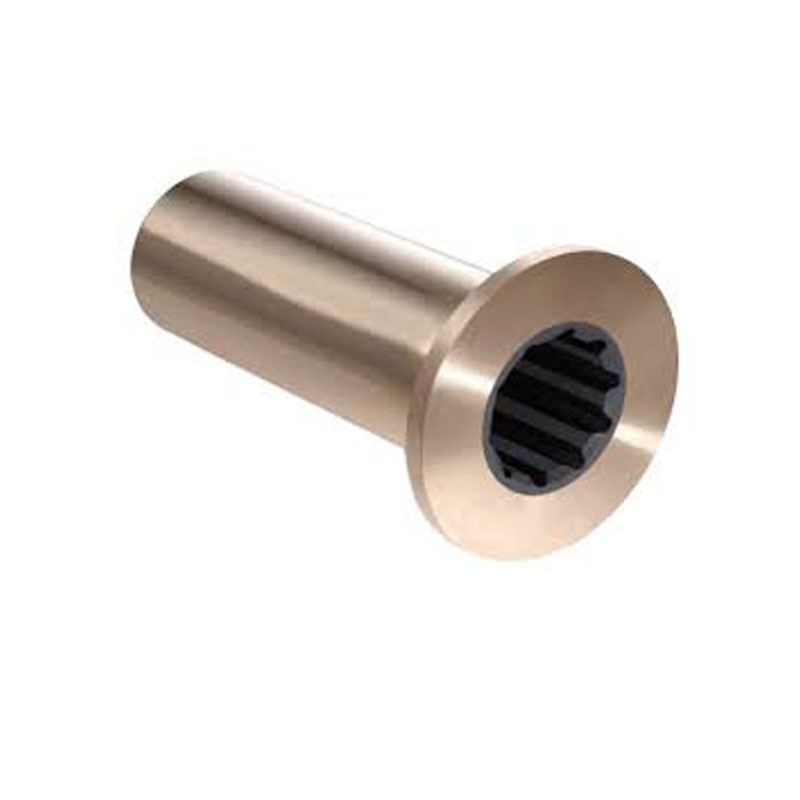Marine Shaft Bearings | High-Performance Solutions for Marine Applications
Understanding Marine Shaft Bearings Key Components for Nautical Performance
Marine shaft bearings are critical components in the propulsion systems of vessels. They play a crucial role in the effective transfer of torque from the engine to the propeller, ensuring smooth and efficient operation on the water. Understanding their function, types, and maintenance is essential for anyone involved in maritime engineering or vessel operation.
At its core, a marine shaft bearing supports the shaft that connects the engine to the propeller. This shaft experiences significant forces during operation due to the weight of the ship, the resistance of the water, and the rotational forces generated by the engine. Bearings mitigate the friction generated between the moving components, allowing for smoother rotation and reducing wear on both the shaft and the engine.
There are several types of marine shaft bearings, including traditional bushings, roller bearings, and more advanced composite materials. Each type has its advantages depending on the specific application and operating conditions. For example, traditional bronze bushings are renowned for their durability and ability to operate in corrosive environments, while roller bearings can offer enhanced load capacity and reduced friction. The choice of bearing material and design is crucial, as it needs to withstand the harsh marine environment, including saltwater, varying temperatures, and heavy loads.
marine shaft bearings

Regardless of the type, proper maintenance of marine shaft bearings is vital to ensure longevity and optimal performance. Regular inspection for signs of wear, corrosion, and misalignment can prevent costly breakdowns and repairs. For instance, a common issue with marine bearings is the accumulation of debris and sediment, which can hinder performance. Routine cleaning and lubrication are essential to maintain the bearings in good working condition.
Another significant aspect of marine shaft bearings is their design considerations. Engineers must account for factors such as the shaft's diameter, length, and material when selecting bearings. Additionally, the operating conditions, including vessel speed and weight, must be factored in. Advanced computational tools and simulations are often used in the design phase to predict performance and identify potential issues before they manifest in the field.
In recent years, technological advancements have led to the development of more sophisticated marine shaft bearings. Innovations such as self-lubricating bearings and materials engineered for increased resistance to corrosion are becoming more common. These advancements promise not only to improve performance but also to enhance safety and efficiency in maritime operations.
In summary, marine shaft bearings are vital elements that significantly impact the performance and reliability of marine vessels. Understanding their types, proper maintenance, and design considerations is essential for optimizing vessel propulsion systems. With ongoing advancements in materials and designs, the future of marine shaft bearings looks promising, paving the way for safer, more efficient marine transportation.
-
Simplifying Oil Changes: A Comprehensive Guide to Oil Drain Plugs and Their Variants
News Aug.04,2025
-
Mastering Oil Drain Maintenance: Solutions for Stripped, Worn, and Upgraded Oil Plugs
News Aug.04,2025
-
Fixing Oil Pan Plug Issues: Leaks, Stripped Nuts, and the Right Replacement Solutions
News Aug.04,2025
-
Everything You Need to Know About Oil Drain Plugs: Sizes, Fixes, and Upgrades
News Aug.04,2025
-
Choosing the Right Oil Drain Plug: A Guide to Sizes, Materials, and Drain Innovations
News Aug.04,2025
-
A Complete Guide to Automotive Drain Plugs: Types, Problems, and Innovative Solutions
News Aug.04,2025
-
The Ultimate Guide to Car Repair Kits: Tools and Essentials Every Driver Should Own
News Aug.01,2025
Products categories















